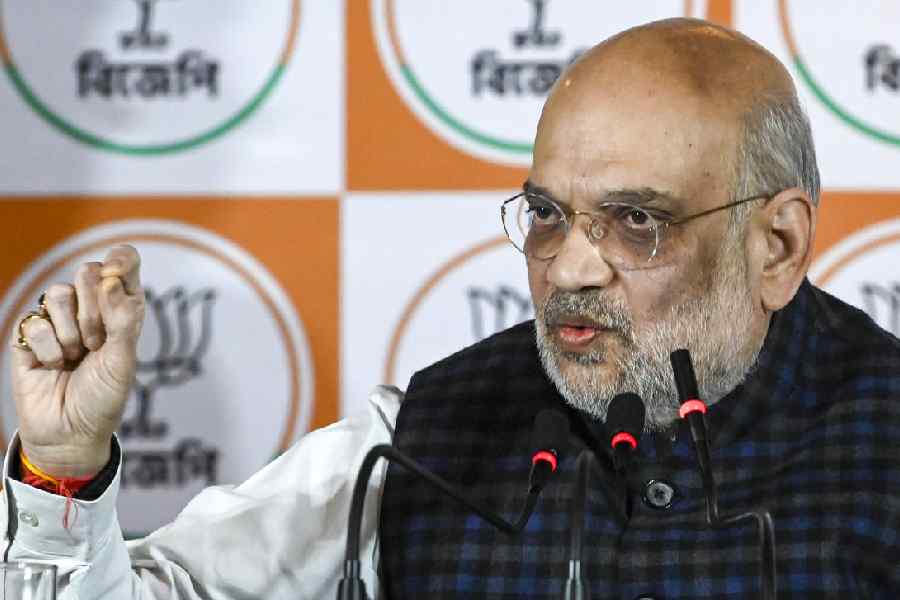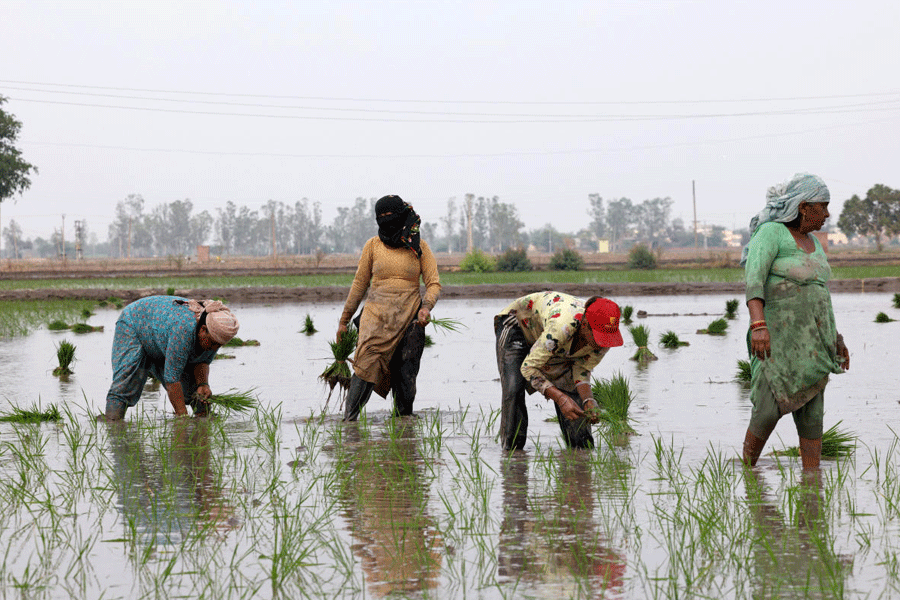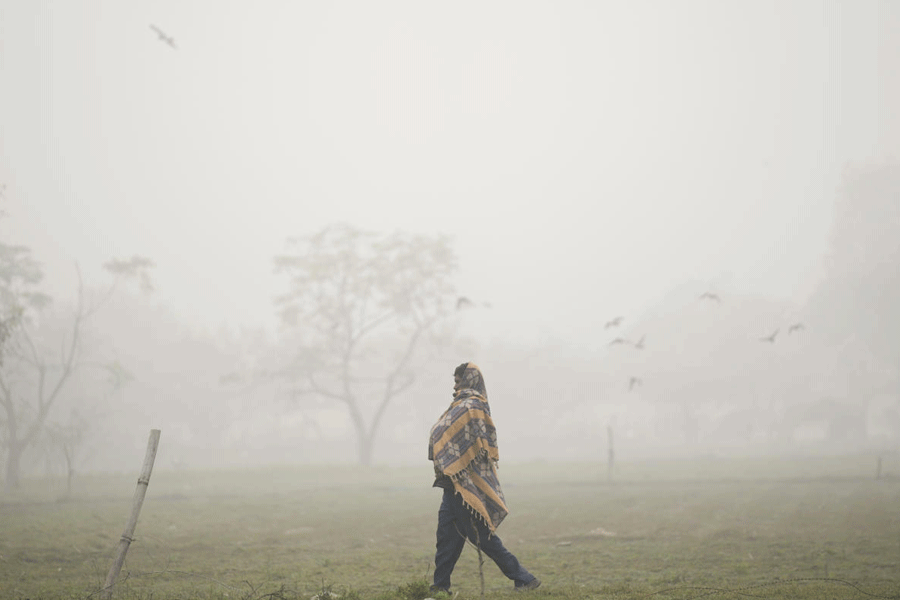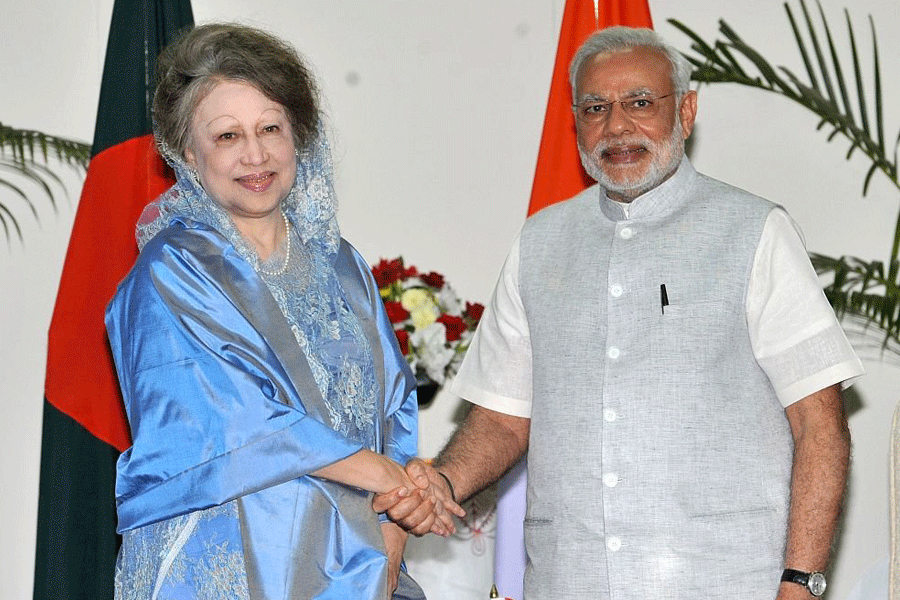Bhubaneswar, Nov. 6: Ekamrakanan might finally breathe easy and hope to see an end to its waterlogged days.
As encroachments on drainage channel No. 4 were causing frequent flooding at the Ekamrakanan, a joint team of Bhubaneswar Municipal Corporation, Bhubaneswar Development Authority, and drainage division, Cuttack, today demolished the obstructions that choked the drain network.
 |
| The waterlogged Regional Plant Resource Centre and (below) a bulldozer demolishes the encroachment. Pictures by Ashwinee Pati |
Ekamrakanan, which is the botanical garden of the Regional Plant Resource Centre, has been closed to visitors for the last two months because of frequent waterlogging caused by the blocked channel.
On July 18, The Telegraph had carried a detailed report on encroachments on the drainage channel. Subsequently, the Bhubaneswar Development Authority (BDA) investigated the matter and lodged an FIR at Nayapalli police station on November 5 regarding the obstruction in the channel’s flow.
A joint team of the BDA, the municipal corporation and the drainage division made an on-the-spot assessment and found encroachment to be the reason behind waterlogging in the park.
The encroachments had also affected field research activities of the scientists of the Regional Plant Resource Centre. The blockage had also led to accumulation of water in the nearby areas.
“We are forced to wade through water on the road. Though the rain has stopped, the roads in our area are still waterlogged,” said Anirban Pati, a local resident.
 |
The drainage channel is the water disposal point for not only Ekamrakanan. The channel also works as the disposal point for various areas at Nayapalli, including N1, N2 and N3. The channel starts at Ekamrakanan and ends at Chakeisiani to meet Gangua nullah after crossing 9.77km across the city.
The largest drainage channel of the city passes through Ekamra Villa, Jayadev Vihar, Mayfair Hotel, Acharya Vihar, Regional Science Centre, Unit-IX, Vani Vihar, VSS Nagar and Mancheswar before culminating in Gangua nullah.
Ekamrakanan, which was built in 1985 on 487 acres, has more than 4,000 plant species. Similarly, around 50 researchers depend on Ekamrakanan for various projects. At present, the institute is working on 20 projects of the state government.
An official of the plant resource centre said they were incurring a daily revenue loss of Rs 8,000 as visitors skipped the park because of waterlogging. Similarly, about 200 morning walkers, who used to come to Ekamrakanan everyday, are no longer visiting the park.
“We had taken the help of fire officials to evacuate water from the park using pumps. But last month’s heavy rainfall left us without any option. The waterlogging has affected a number of plants, apart from the fragrance garden,” said principal scientist (taxonomy and conservation) Pratap Chandra Panda.
On the other hand, Sudarshan Sahoo, the owner of an “encroached” plot, had different story to tell.
“I had bought the land about a decade ago. I had also verified the design of the BDA. But, there was no provision of drain on my land. They conducted the eviction forcefully,” he said.











